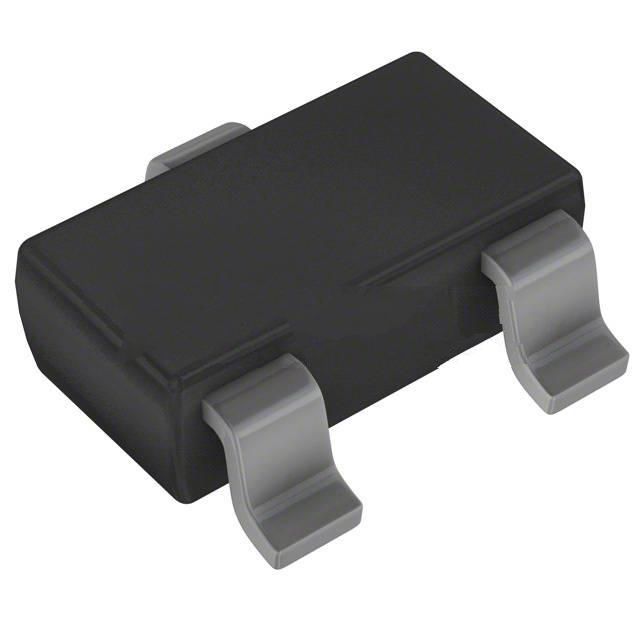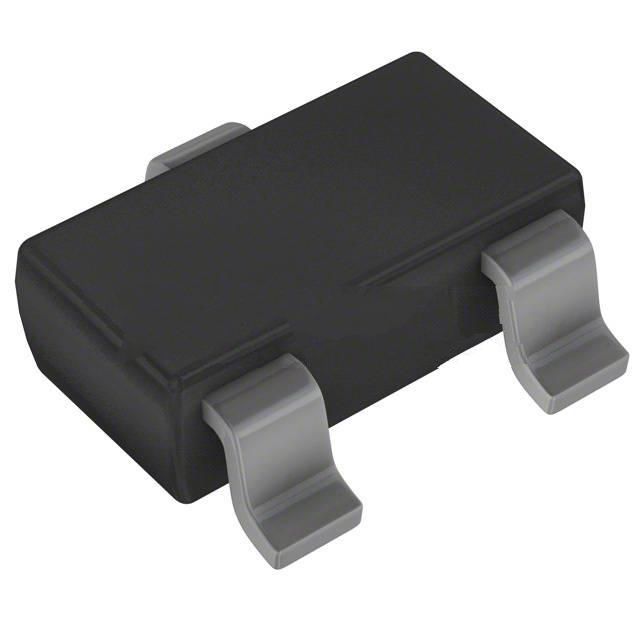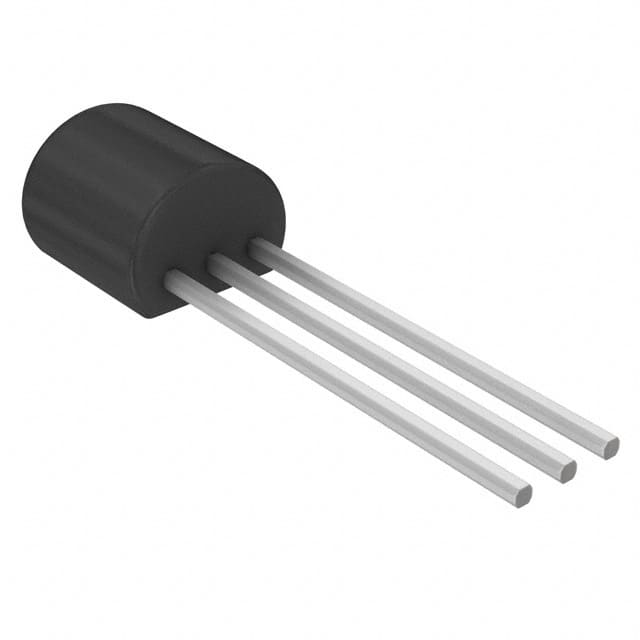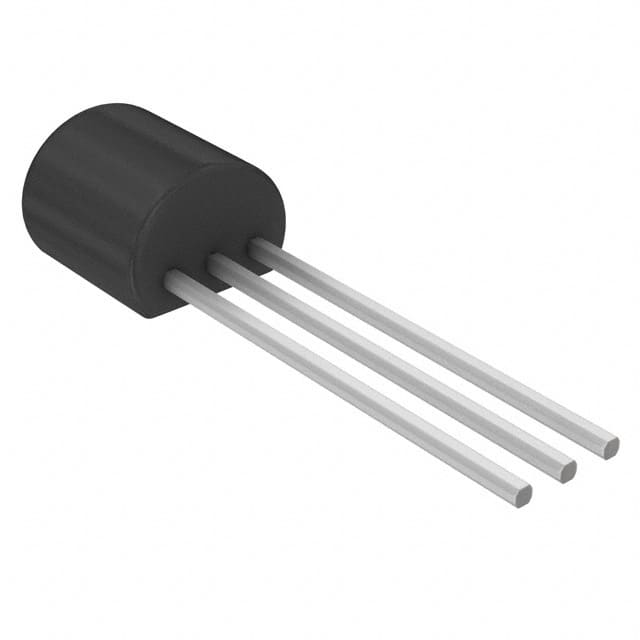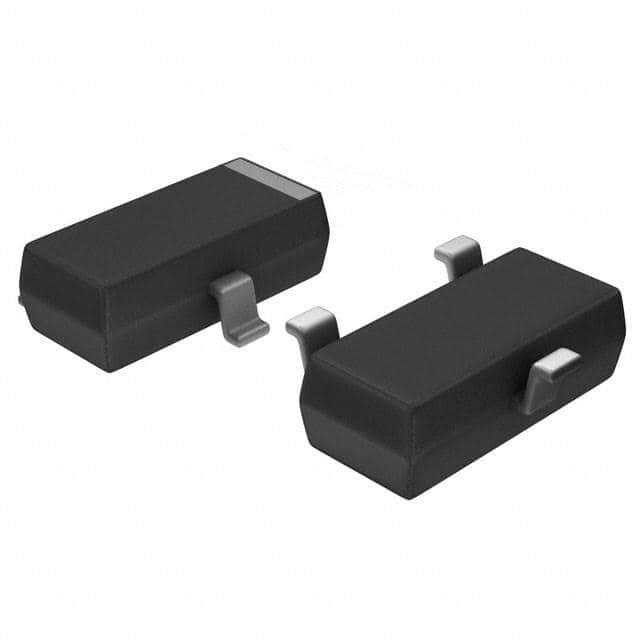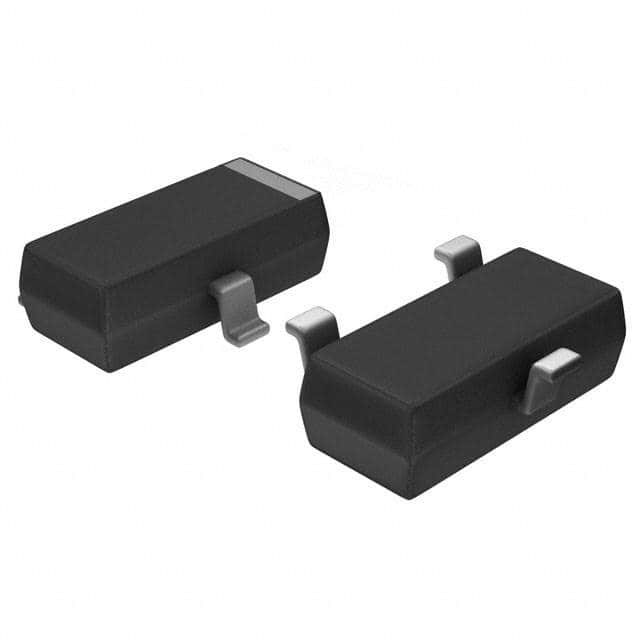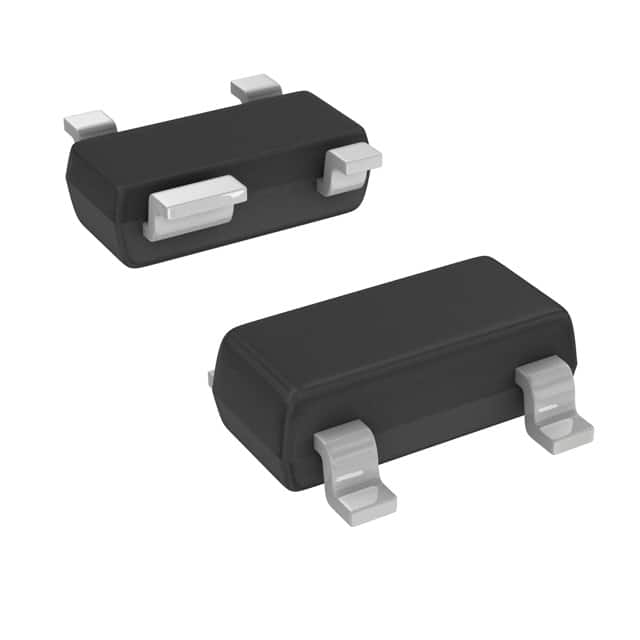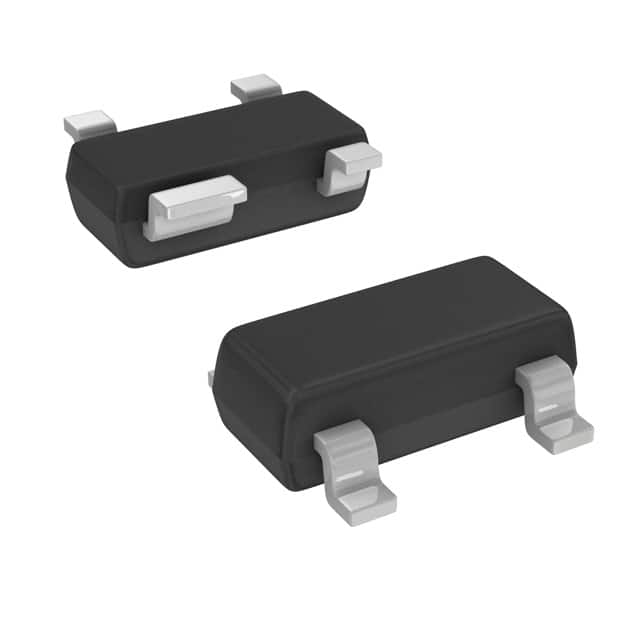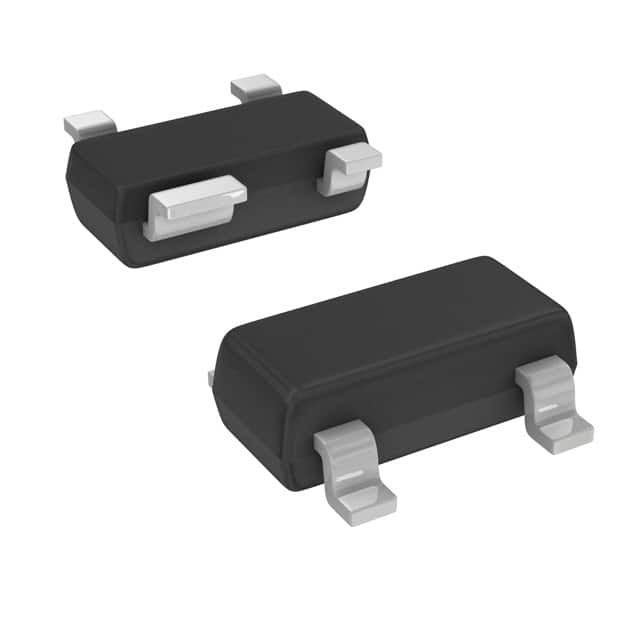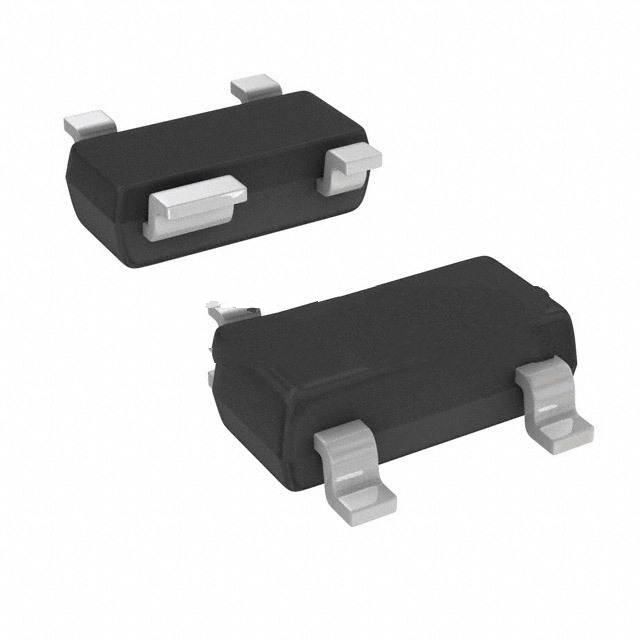APX803-46SAG-7 Product Introduction:
Diodes Incorporated Part Number APX803-46SAG-7(PMIC - Supervisors), developed and manufactured by Diodes Incorporated, distributed globally by Jinftry. We distribute various electronic components from world-renowned brands and provide one-stop services, making us a trusted global electronic component distributor.
APX803-46SAG-7 is one of the part numbers distributed by Jinftry, and you can learn about its specifications/configurations, package/case, Datasheet, and other information here. Electronic components are affected by supply and demand, and prices fluctuate frequently. If you have a demand, please do not hesitate to send us an RFQ or email us immediately sales@jinftry.com Please inquire about the real-time unit price, Data Code, Lead time, payment terms, and any other information you would like to know. We will do our best to provide you with a quotation and reply as soon as possible.
Introducing the Diodes Incorporated APX803-46SAG-7, a cutting-edge voltage detector designed to meet the demands of various electronic applications. This compact and versatile device offers a range of features that make it an ideal choice for a wide range of industries.
The APX803-46SAG-7 boasts a low quiescent current of just 1.5µA, ensuring minimal power consumption and extending battery life in portable devices. With a wide operating voltage range of 0.8V to 6.0V, this voltage detector is compatible with a variety of power supply systems. Its accuracy of ±1.5% ensures precise voltage monitoring, providing reliable protection against overvoltage and undervoltage conditions.
This voltage detector is housed in a small SOT-23-3 package, making it suitable for space-constrained applications. Its robust design allows it to withstand harsh operating conditions, including temperature ranges from -40°C to +85°C.
The APX803-46SAG-7 finds application in a wide range of fields, including consumer electronics, industrial automation, automotive, and telecommunications. It can be used to monitor voltage levels in battery-powered devices, ensuring safe and efficient operation. Additionally, it can be integrated into power management systems to provide accurate voltage monitoring and protection.
In summary, the Diodes Incorporated APX803-46SAG-7 is a reliable and versatile voltage detector that offers low power consumption, wide operating voltage range, and precise voltage monitoring. Its compact size and robust design make it suitable for various applications, making it an excellent choice for engineers and designers in need of a high-quality voltage detection solution.
Pmic-supervisors (Power Management Integrated circuit-Supervisors) is a highly Integrated Circuit component, which can detect key parameters such as voltage, current and temperature of the power system in real time, and take corresponding protective measures when necessary. To ensure the stable operation of the power system and the safety of the equipment. PMIC monitors usually integrate a variety of functions, such as overvoltage protection, undervoltage protection, overtemperature protection, etc.
Application
Pmic-supervisors (Power Management Integrated Circuit-Supervisors), as a key component of electronic equipment, is mainly responsible for real-time monitoring and adjusting the status of the power system, ensuring stable voltage and current, efficient battery management, and providing multiple protection functions. Its wide range of applications, covering mobile devices, consumer electronics, automotive electronics and industrial control and other industries, to ensure the stable operation of equipment and extend the service life.
FAQ about PMIC - Supervisors
-
1. What is PMIC in electronic products?
PMIC (Power Management Integrated Circuit) is a key component dedicated to managing and distributing power in electronic devices. It improves the efficiency and reliability of the power system by integrating multiple power management functions, while reducing the size and cost of the device.
The main functions of PMIC include power supply, battery management, charging management, and power consumption management. It can provide stable power to the main system and manage and control the battery.
-
2. What is a power monitor?
A power monitor is a device used to monitor the power status. It can monitor the voltage, current, temperature and other parameters of the power supply in real time, and issue alarm information in time to help users detect power failures in time and ensure the stable operation of the equipment.
The main functions of the power monitor include:
Improving the reliability and stability of the power system: By monitoring the voltage, current, power, frequency and other parameters of the power system in real time, timely discovering and alarming the power system's faults, abnormalities, overloads, short circuits, etc., to prevent power system failures from causing equipment downtime or data loss.
Optimizing the operating efficiency of the power system: Monitoring data can help optimize the operation of the power system, improve energy utilization, and reduce energy consumption and costs.
Provide real-time monitoring data and reports: The power parameters are collected by sensors, the monitor processes the data and issues an alarm, and the data transmission device transmits the monitoring data to the host computer or cloud server. Managers can perform real-time monitoring and data analysis, provide data reports and decision support.
-
3. How to test PMIC(Power Management Integrated Circuit)?
The core steps of testing PMIC include observing external features, conducting comprehensive professional testing, and measuring PSRR.
First, observing external features is the first step in testing PMIC. Rationally observe the quality standards of power management chips, including their appearance, logos, etc., to ensure that the chip meets basic quality requirements.
Second, conduct comprehensive professional testing. Select representative specification models and conduct comprehensive tests on the power management chip, including electrical characteristics test, functional test and environmental adaptability test. The electrical characteristics test covers the input voltage range test to ensure that the chip works normally under different input voltages.
Finally, measure the PSRR (power supply rejection ratio). PSRR is an important parameter of PMIC, indicating how stable the input is when the power supply voltage changes. By measuring PSRR, the resistance of PMIC to power supply voltage changes can be evaluated.
 Lead free / RoHS Compliant
Lead free / RoHS Compliant















